Santa Maria Seasoning: The Secret to California-Style BBQ
Imagine the smoky aroma of grilled tri-tip, sizzling over red oak. Now picture that flavor packed into a simple spice blend you can whip up at home — welcome to the world of Santa Maria Seasoning!
In this article, we’ll explore the origins of Santa Maria-style BBQ, break down the essential ingredients in this legendary rub, and share pro tips to make it your own.
Table of Contents
- A Slice of History: The Origins of Santa Maria Style
- The Holy Trinity (and Friends): Key Components of the Rub
- DIY Santa Maria Seasoning Recipe
- Pro Tips: How to Customize Your Blend Like a Pitmaster
- Beyond Tri-Tip: Creative Ways to Use This Spice Mix
- Frequently Asked Questions
A Slice of History: The Origins of Santa Maria Style
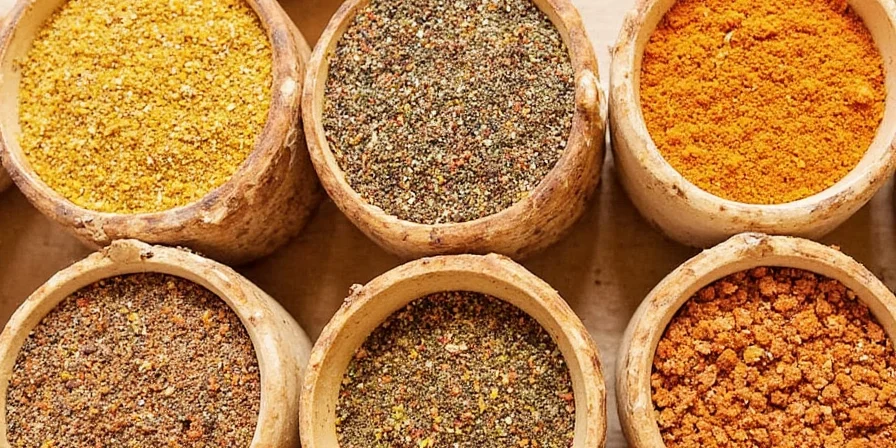
The story begins in the 1800s along California’s Central Coast. Immigrant ranchers from the Azores and Portugal brought cattle and cooking traditions with them. Over time, these evolved into what we now call Santa Maria Style Barbecue.
At its heart is the iconic cut of beef — the tri-tip roast — grilled over native red oak, seasoned simply, and sliced thin against the grain. No marinades. No sauces. Just pure, unapologetic flavor.
This minimalist approach birthed the signature spice blend known as Santa Maria Seasoning — earthy, salty, subtly smoky, and just spicy enough to keep things interesting.
The Holy Trinity (and Friends): Key Components of the Rub
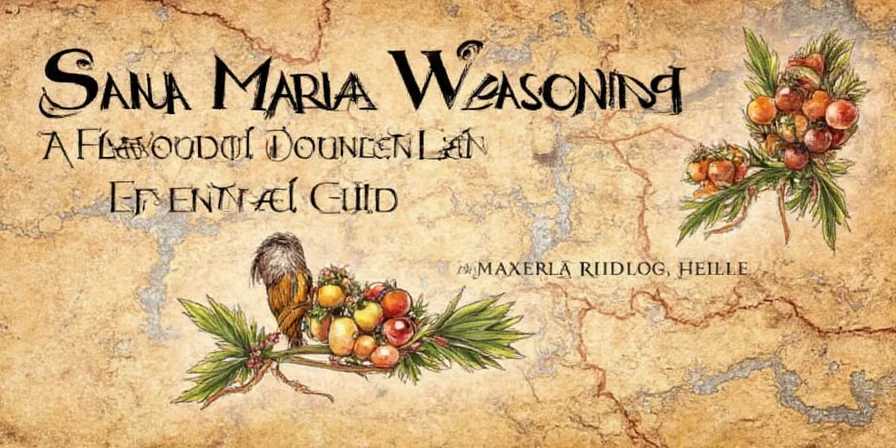
While recipes vary by chef and family tradition, most Santa Maria seasonings contain a core group of spices that form the base of the blend. Let's break them down:
| Spice | Role | Flavor Profile |
|---|---|---|
| Coarse Salt | Seasoning backbone | Clean, briny, enhances other flavors |
| Black Pepper | Pungency & heat | Earthy, sharp, slightly floral |
| Paprika | Color & mild sweetness | Smoky (especially if Spanish smoked paprika used) |
| Garlic Powder | Umami depth | Pungent, savory, roasted notes |
| Onion Powder | Balancing sweetness | Mildly sweet, savory, aromatic |
Honorable Mentions (Optional Additions)
- Chili powder or cayenne: For heat lovers
- Mustard seed or powder: Adds tanginess
- Dried herbs (like oregano or thyme): Earthy undertones
- Orange zest or citric acid: Brightens the blend
DIY Santa Maria Seasoning Recipe
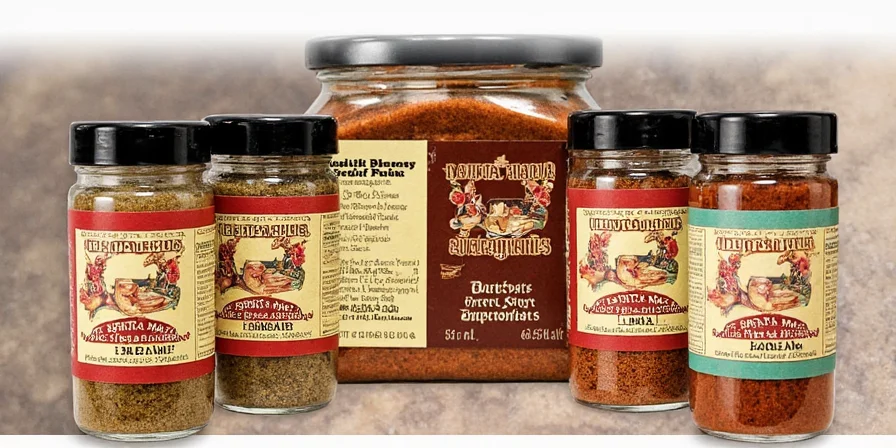
Ready to craft your own batch? Here's a classic version that stays true to the original Santa Maria spirit:
Classic Santa Maria Seasoning Recipe
- 1/4 cup coarse sea salt or kosher salt
- 2 tbsp coarsely ground black pepper
- 1 tbsp sweet paprika (smoked optional)
- 1 tbsp garlic powder
- 1 tbsp onion powder
Instructions
- In a medium bowl, combine all the spices.
- Stir thoroughly until evenly mixed.
- Transfer to an airtight container — store in a cool, dark place.
- Use within 6 months for best flavor.
How Much to Use?
Rub generously onto meat before grilling — about 1–2 tablespoons per pound of meat works well. No need for extra salt or pepper when using this mix.
Pro Tips: How to Customize Your Blend Like a Pitmaster
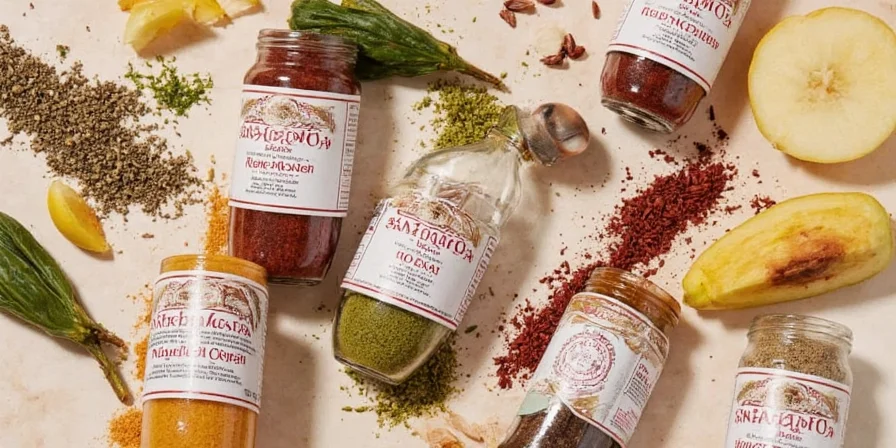
Want to make your Santa Maria seasoning truly yours? Try these fun tweaks:
- Add a kick: Stir in 1 tsp cayenne or crushed red pepper flakes for some heat.
- Bring in the funk: Add 1 tsp mustard powder for a tangy twist.
- Smoky boost: Swap regular paprika for smoked paprika.
- Fruit forward: Zest one orange or lemon and toss into the mix for brightness.
- Herb garden vibe: Add a pinch of dried thyme or rosemary for complexity.
Pro Tip #1: Toast It
For deeper flavor, toast the whole peppercorns and mustard seeds in a dry pan before grinding. Be careful not to burn them — they go from fragrant to bitter in seconds!
Pro Tip #2: Make It Personal
Don’t be afraid to experiment! Keep a journal of what you like — someday, your grandkids might be calling it “Gramps’ Legendary Santa Maria Magic.”
Beyond Tri-Tip: Creative Ways to Use This Spice Mix
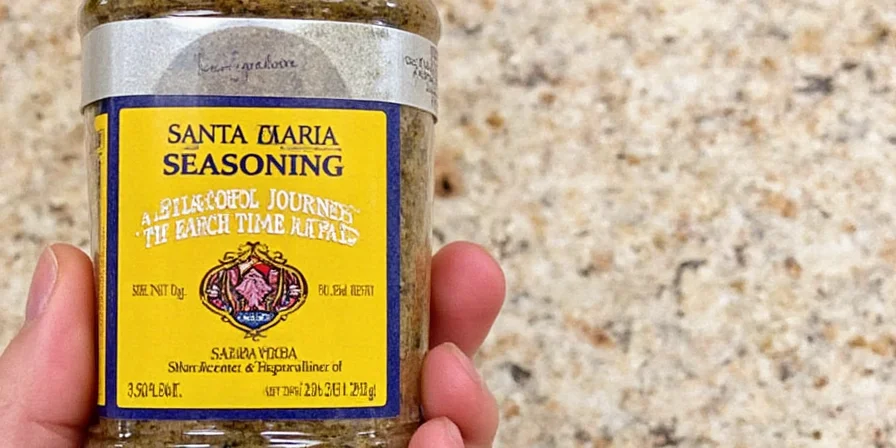
Though born for beef, this versatile spice blend shines in many dishes:
- Chicken thighs: Sprinkle on before roasting or grilling.
- Veggie skewers: Toss mushrooms, peppers, and onions with a bit before grilling.
- Popcorn: Dust fresh popcorn for a smoky snack with a kick.
- Roasted potatoes: Sprinkle before baking for bold flavor.
- Egg dishes: Try a dash in scrambled eggs or avocado toast seasoning.
Frequently Asked Questions
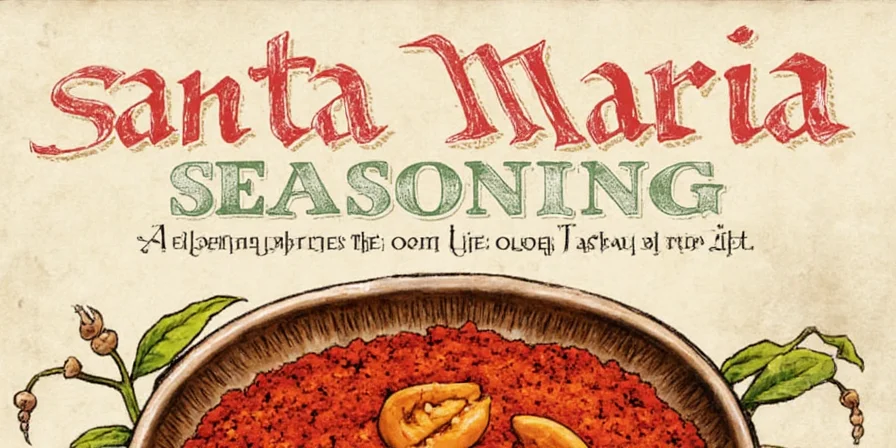
Can I substitute any ingredients?
Absolutely! If you don't have onion powder, try shallot powder or finely grated shallots dried overnight. Don't like paprika? Replace with a pinch of turmeric and a tiny bit of chili powder for color and warmth.
Is there a low-sodium version?
You can reduce the salt by half and replace it with more pepper, garlic powder, or a salt-free herb blend. You'll lose some of the traditional bite but gain flexibility for lighter dishes.
How long does homemade Santa Maria seasoning last?
Stored properly in a sealed glass jar away from heat and moisture, your DIY blend will stay potent for up to 6 months. After that, it won’t spoil — but the flavor will fade.
What’s the difference between Santa Maria seasoning and BBQ rubs?
Most commercial BBQ rubs include sugar, which encourages caramelization and crust formation. Santa Maria seasoning skips the sugar, focusing instead on bold savory flavors that let the meat and fire shine through.
Conclusion: Make It Your Own, Then Pass It On

Santa Maria seasoning isn’t just a recipe — it’s a legacy in a shaker. Whether you stick to the classics or create your own fusion spin, the real magic lies in sharing it around the table.
So next time you fire up the grill, remember: every sprinkle of that red-orange rub connects you to generations of cowboys, immigrants, pitmasters, and backyard cooks who believed that the best meals start with simplicity and soul.
Now go season something delicious!

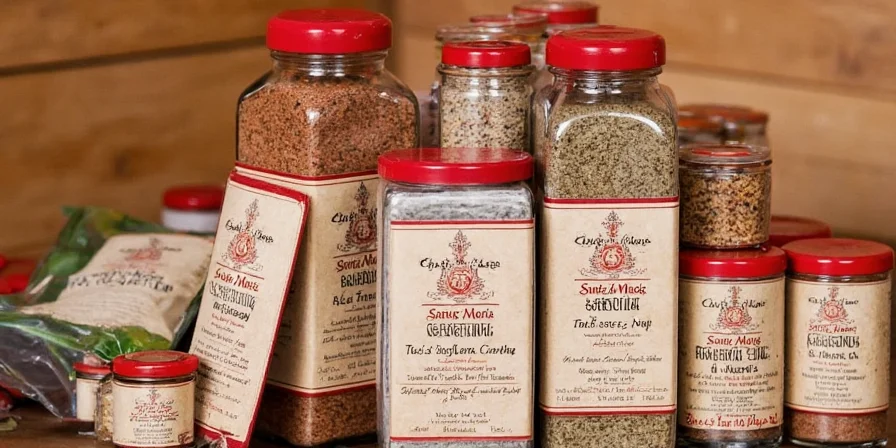









 浙公网安备
33010002000092号
浙公网安备
33010002000092号 浙B2-20120091-4
浙B2-20120091-4